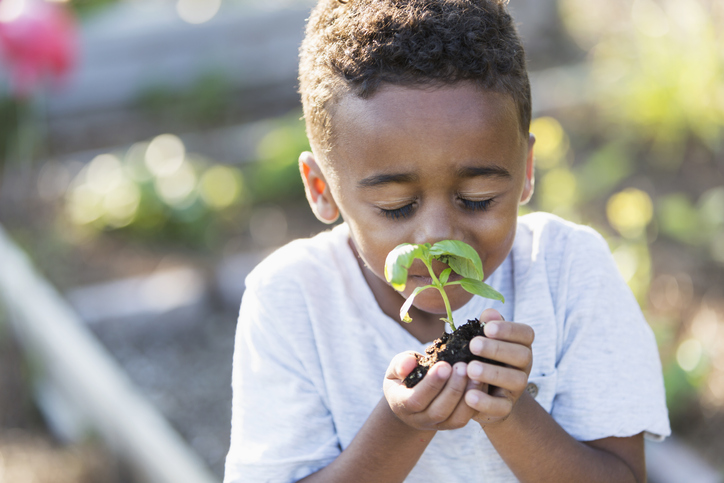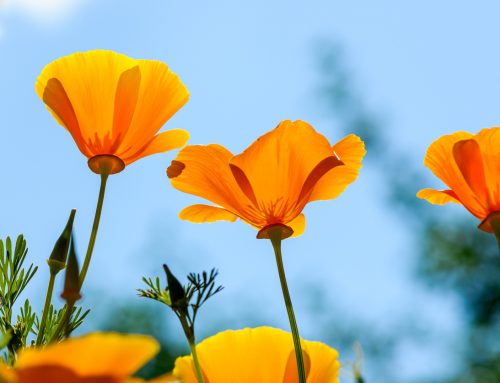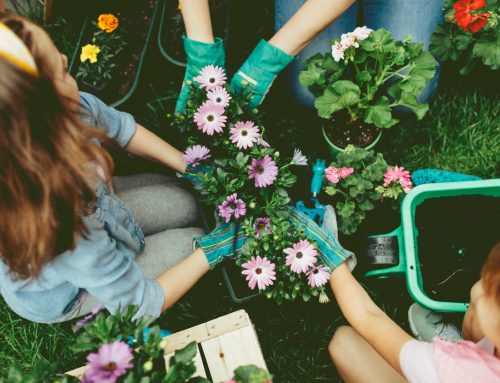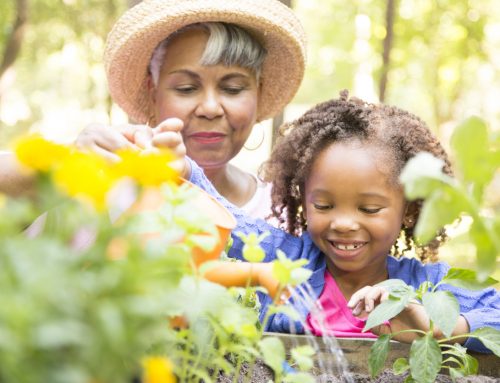Besides the first day of spring on March 19, March signals the start of daylight savings, occurring this year on March 8. That extra hour in the evening is a great time to tackle some garden chores, or even better a chance to sit in the garden with your favorite beverage, admiring the fruits of your labor.
Chores in the Garden for March:
- There is still the possibility of heavy rains this month and next, take care NOT to walk on the wet soil (same is true after normal irrigation), doing so compresses the soil causing the soil to become compacted.
- Now is the time to apply a two-four inch thick layer of organic mulch, this should be maintained year-round. Mulch suppresses weeds, conserves soil moisture, moderates extremes in soil temperature, and gradually adds nutrients to the soil as it decomposts.
- Fertilize all lawns, annuals, perennials, fruit and ornamental trees, shrubs (except camellias ― wait until after bloom). Lawns prefer a fertilizer higher in nitrogen which encourages green growth, fruiting and flowering plants prefer a fertilizer higher in phosphorous which encourages flowers (which lead to fruit/vegetables).
- Fertilize roses, it’s best to stay away from rose fertilizers that are combined with a systemic insecticide, since they can be harmful to your soil health. Look for granular, well-balanced, organic fertilizers that will encourage beneficial soil life.
- Feed, but do not prune hydrangeas and if you have lacecap and or mophead hydrangeas now is the time to acidify the surrounding soil causing the normally pink flowers to turn blue or lavender.
- Unfortunately, snails and slugs are back, be on the lookout for their favorite hiding places around plants like agapanthus, clivia, daylilies and iris. Crushed eggshells and copper strips can help combat them. Or use organic snail baits that contain iron phosphate rather than metaldehyde. Follow all package instructions.
- Be on the lookout for aphids, especially on roses. Use a strong stream of water to knock aphids off the plants, insecticidal soap works as well.
- Prune Avocado trees, hanging and upright fuchsias.
- It’s a good time to prune non-flowering trees, but be on the lookout for the nests of our feathered friends! Do not prune deciduous fruit trees now as they will be setting buds for fruit.
- Regularly deadhead flowers for continued blooms.
- Proactively pull weeds, before they go to seed or their root systems get too large.
Planting in the Garden:
- Attract good bugs like ladybugs and parasitic wasps by planting their favorite plants such as coreopsis, cosmos, marigold, scabiosa, and yarrow. Ladybugs can also be purchased for release in your garden this time of year. Plant Avocado trees from March thru June.
- Even though the weather is warming up, it’s too soon to plant some warm-season vegetables like peppers and eggplant, they are better planted next month. Tomatoes, beans and zucchini. Continue to plant salad greens such as lettuces and kale this month, but know that when the weather heats up, these cool-season veggies may bolt!
- Most herbs can be planted this month including basil, oregano, rosemary, sage, thyme, catmint, catnip, chamomile, lavender, lemon balm, lemongrass, lemon verbena, tarragon and thyme. Cilantro may also be planted but will bolt once the weather warms.
- Plant citrus, ask your local nursery or county Master Gardeners for recommendations on the best varieties for your area. Note that there is a citrus quarantine due to the Asian Citrus Psyllid pest in many areas of southern California, so do not transport plants or fruit outside of quarantine areas.
- March is the last time until late fall and winter to plant California native plants.










